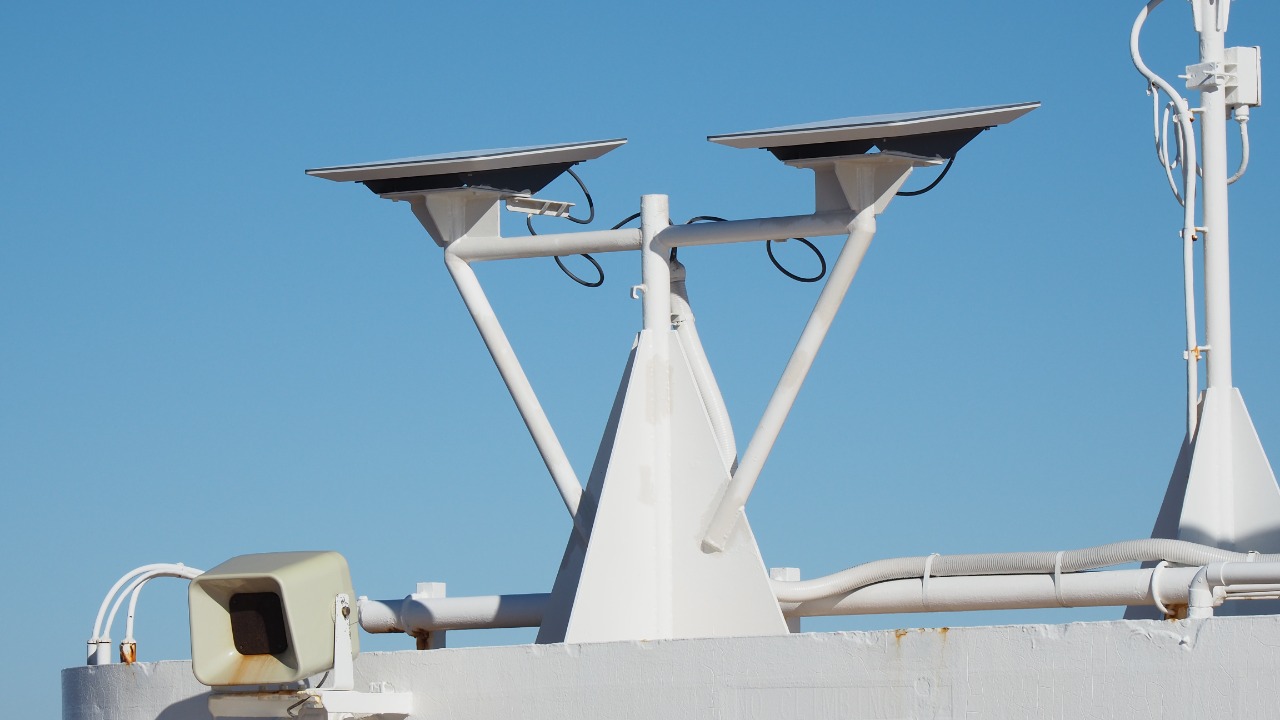
For Starlink users relying on older hardware, this week presents a crucial window of opportunity. Essential updates need to be performed to avoid permanent disconnection from the satellite network. A recent account from an individual who transformed their Starlink Mini into an ultimate off-grid internet setup underscores the importance of timely adaptations to extend the life and versatility of Starlink equipment, especially in demanding environments.
Legacy Starlink Hardware Overview
Legacy Starlink kits, those preceding the Mini model, consist of key components such as the dish, router, and power supply. These components differ from newer models in terms of compatibility. The operational lifespan of original Starlink systems is finite, and without regular maintenance, they can become incompatible with the evolving satellite constellations. Users have reported declining performance in these legacy setups, often attributed to outdated firmware.
The Urgency of This Week’s Update Window
This week marks a critical period for mandatory firmware updates to older Starlink devices. The urgency stems from network-wide synchronization requirements. Technical reasons behind this deadline include alignment with new satellite launches that demand updated protocols. Potential global impacts could be significant, with service blackouts looming for non-compliant users, particularly those in remote or mobile setups.
Risks of Delaying the Update
Delaying the update could lead to immediate consequences such as total loss of internet connectivity. Post-deadline, devices may enter a bricked state, rendering them unusable. Long-term issues include ineligibility for future software enhancements or hardware integrations. There are also warnings about potential data loss during failed connections and the cost of replacement if updates are skipped.
Preparing Your Starlink for the Update
Preparation for the update involves initial diagnostics, including checking the current firmware version via the Starlink app and ensuring stable power sources. It is recommended to take backup measures, such as downloading configuration files and verifying account status on the official portal. Hardware prerequisites include clearing obstructions around the dish and testing cable integrity.
Step-by-Step Update Process
The update can be initiated via the Starlink mobile app, which includes prompts for Wi-Fi connection and progress monitoring. Post-update verification steps include conducting speed tests and reconnection to the network. Tips for handling interruptions, such as pausing downloads or using alternative power if outages occur, are also provided.
Real-World Applications After Updating
Updating the firmware can enhance off-grid capabilities. A recent firsthand experience highlighted how a user turned their Starlink Mini into an ultimate off-grid internet setup. The update can also facilitate integration with solar panels and portable batteries for sustained remote use. This is particularly beneficial for RVers and rural users, who can enjoy improved latency for streaming and remote work.
Troubleshooting Post-Update Challenges
Post-update challenges may include common errors like update failures due to weak signals. Solutions involve dish repositioning and app-based resets. For persistent issues, contacting support is recommended. Monitoring tools can be used for ongoing performance assessment after the update to prevent future disruptions.
More from MorningOverview